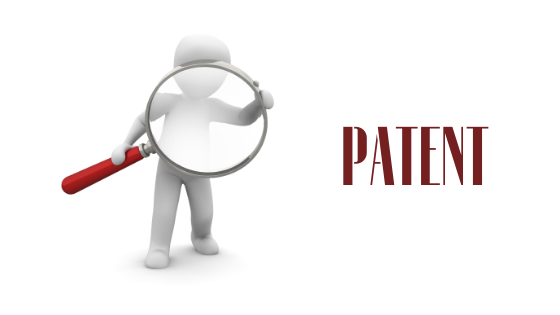A pre-filing search is optional and the Patent Office does not require any search to be conducted. The Patent Office will conduct its own search during review of your patent application. However, before filing it is highly recommended that you undertake a professional patent search to determine if your invention is novel, and non-obvious and to determine the scope of prior United States Patents, and published United States Patent Applications, which are the prior art. There are professional patent agencies, such as InventHelp, that could help you with that.
If your invention is shown in a prior U.S. patent, patent application, foreign patent, foreign patent application, or another publication such as a trade journal, the Examiner may cite the prior art against your patent application and prevent you from obtaining a patent. Moreover a rejection can cause the applicant to narrow the applicant’s claims.

It is important to determine the proper claim scope and whether this claim scope has value to your business objectives. Given that the proceeding between the applicant and the Office is an ex parte proceeding, the applicant has a duty to submit any and all prior art patents and publications that the applicant is aware of in the form of an Information Disclosure Statement.
If the patentability search is clear and the desired claim scope has commercial value, a United States patent application will be prepared for filing. Based on the search results, a claim strategy will be formed and claims prepared based on the prior art search results.
The claims must be prepared around the prior art to prevent a rejection of the claims, but sufficiently broad enough so many alternatives of your invention will be covered by the claims. That is why it is recommended to have patent agency, such as Invent Help, do this for you. Once a patent application is filed, “patent pending” may be affixed to your goods in connection with the marketing of the invention.